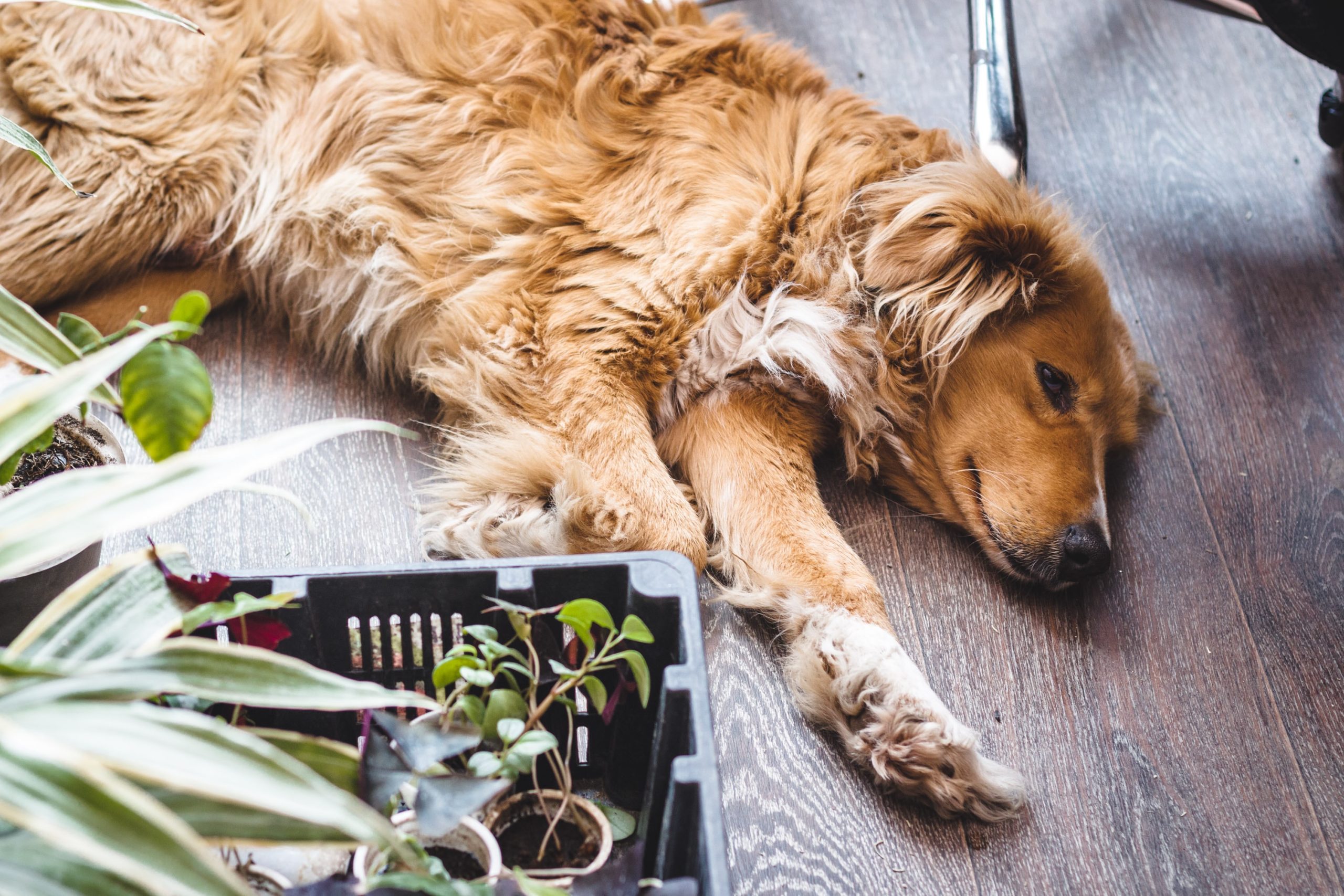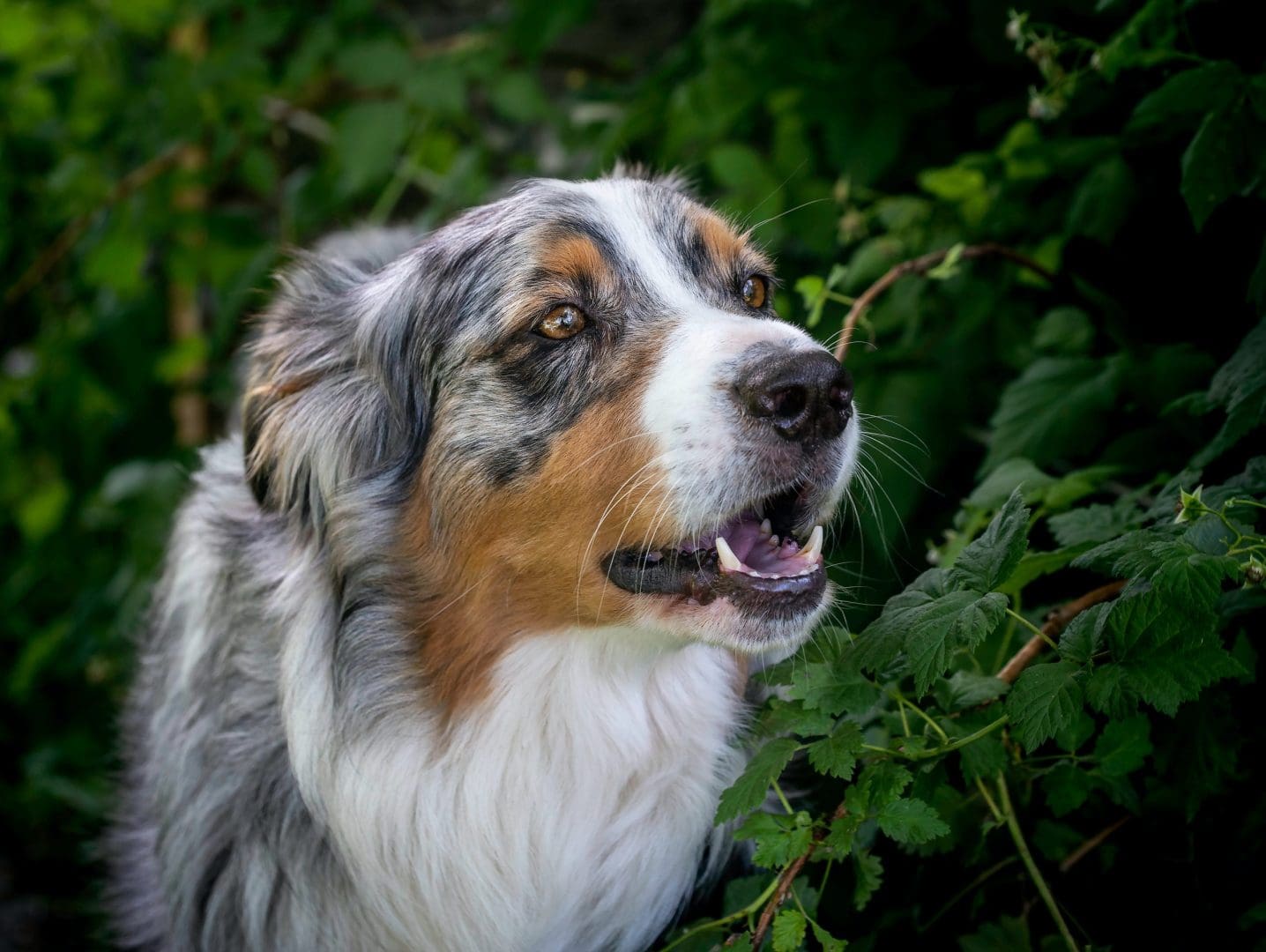A Guide to Identifying and Preventing Toxic Plants for Dogs
This article provides an overview of toxic plants for dogs, including a list of common toxic plants, symptoms of plant poisoning, steps to take if a dog ingests a toxic plant, and preventive measures to keep dogs safe.
Overview of Toxic Plants for Dogs
The prevalence of toxic plants for dogs is a significant concern, with nearly 9% of calls to the ASPCA Animal Poison Control Center in 2022 related to pets ingesting these harmful plants. This statistic highlights the widespread issue of dogs coming into contact with toxic plants, emphasizing the importance of being proactive in safeguarding pets from potential dangers. Pet owners should be aware of the common toxic plants to prevent potential risks and recognize the symptoms of plant poisoning in dogs. By staying informed about the toxic plants that pose a threat to dogs, pet owners can take necessary precautions to create a safe environment for their pets, reducing the likelihood of accidental ingestion and subsequent health complications. Understanding the prevalence and potential risks associated with toxic plants empowers pet owners to make informed decisions to protect their furry companions from harm.
Taking preventive measures is crucial in safeguarding dogs from the harmful effects of toxic plants. This includes being mindful of the types of plants present in both indoor and outdoor spaces where dogs have access. For example, plants such as Castor bean, Oleander, and English Ivy are known to have systemic effects on animals or cause intense effects on the gastrointestinal tract, underscoring the need for pet owners to familiarize themselves with these common toxic plants. By doing so, pet owners can actively work to eliminate or avoid these harmful plants, effectively reducing the risk of plant poisoning in dogs. Moreover, recognizing the symptoms of plant poisoning and seeking veterinary assistance promptly are essential components of proactive pet care, ensuring that dogs receive timely medical attention in the event of accidental ingestion of toxic plants.
 Common Toxic Plants for Dogs
Common Toxic Plants for Dogs
When it comes to toxic plants for dogs, there are several common offenders that pet owners should be aware of to ensure the safety of their furry friends. For instance, Castor bean, known for its castor oil production, contains ricin, a potent toxin that can cause severe gastrointestinal and neurological effects in dogs if ingested. Another plant to be cautious of is Oleander, which contains toxic compounds that can lead to symptoms like drooling, abdominal pain, and even cardiac abnormalities if consumed by dogs.
In addition to these frequently encountered toxic plants, there is also a complete list of extremely poisonous plants for dogs that pet owners should be cautious of. For example, Azaleas are popular ornamental plants that contain toxins known as grayanotoxins, which can cause symptoms like vomiting, diarrhea, and in severe cases, even cardiac arrest in dogs if ingested.
It’s crucial for pet owners to be aware of these toxic plants and to take preventive measures to ensure their dogs are not exposed to them, whether indoors or outdoors. This knowledge can help in identifying and eliminating potential risks, ultimately creating a safer environment for dogs.
Symptoms of Plant Poisoning in Dogs
When a dog ingests a toxic plant, the symptoms can vary depending on the specific plant and the amount consumed. Common symptoms of plant poisoning in dogs include vomiting, diarrhea, excessive drooling, abdominal pain, lethargy, and loss of appetite. For example, if a dog ingests a plant like oleander, which is highly toxic to dogs, it can lead to severe symptoms such as irregular heartbeats, tremors, and even death if left untreated.
In addition to gastrointestinal symptoms, some toxic plants can also cause neurological symptoms, such as seizures or disorientation. For instance, ingestion of certain mushrooms, like the Amanita species, can result in liver failure and neurological issues in dogs. Therefore, it is essential for pet owners to be vigilant about any unusual behavior or symptoms in their dogs and seek immediate veterinary care if they suspect plant poisoning. Recognizing these symptoms early and taking prompt action can significantly improve the chances of a positive outcome for the affected dog, underscoring the importance of being aware of the potential symptoms of plant poisoning in dogs.
Responding to Plant Ingestion
When a dog ingests a toxic plant, it is essential for pet owners to respond promptly and appropriately. Seeking immediate veterinary assistance is crucial to address any potential health risks that the plant ingestion may pose to the dog. Additionally, it is highly recommended to contact the ASPCA’s Animal Poison Control Hotline or the Pet Poison Helpline for expert guidance and advice in case of ingestion of a poisonous substance. These hotlines can provide specific instructions on how to best manage the situation and may recommend further action or observation based on the type of plant ingested.
For instance, if a dog ingests a plant like Oleander, which is known to be highly toxic to dogs, it is imperative to seek professional help without delay to mitigate the adverse effects on the dog’s health. By acting swiftly and consulting with knowledgeable professionals, pet owners can significantly improve the chances of a positive outcome for their beloved pets. Therefore, taking immediate action and reaching out to the appropriate resources can make a crucial difference in safeguarding the well-being of dogs who have ingested toxic plants.
Preventive Measures to Keep Dogs Safe
Preventing accidental ingestion of toxic plants is crucial for ensuring the safety of dogs. Pet owners can take various measures to protect their furry friends from potential exposure to harmful plants. One effective way to do this is by pet-proofing the home and outdoor spaces. This involves carefully examining the living environment and identifying any toxic plants that may pose a risk to dogs. By removing or relocating these plants to areas that are inaccessible to pets, owners can significantly reduce the likelihood of their dogs coming into contact with toxic vegetation.
For example, if a pet owner has a garden that contains plants known to be toxic to dogs, such as lilies or oleander, they should consider creating physical barriers around these areas to prevent their dogs from gaining access. Additionally, using elevated plant stands can help keep dogs away from potted toxic plants indoors, minimizing the risk of ingestion. These preventive measures not only protect dogs from potential harm but also provide peace of mind for pet owners, knowing that their cherished companions are safe from toxic plant exposure.
Moreover, pet owners should also educate themselves about the types of toxic plants that are commonly found in their region. Understanding which plants to avoid and being able to recognize them can further aid in preventing accidental ingestion. By being proactive and vigilant, pet owners can create a safer and more secure environment for their dogs, reducing the risk of plant poisoning incidents. [3]
Conclusion
It is paramount for pet owners to be well-informed about the common toxic plants for dogs and to take preventive measures to protect their furry companions. By understanding the symptoms of plant poisoning and taking swift action in the event of ingestion, pet owners can significantly reduce the risks associated with toxic plant exposure. For instance, many pet owners may not realize that seemingly harmless plants like lilies, azaleas, and sago palms can pose a serious threat to their dogs if ingested. Therefore, it is vital for dog owners to familiarize themselves with these dangerous plants and ensure they are not present in their homes or outdoor spaces.
Moreover, creating a safe environment for dogs involves not only being aware of toxic plants but also taking proactive steps to prevent accidental ingestion. For example, pet owners can pet-proof their homes and yards by using barriers and plant stands to keep dogs away from potentially harmful flora. These preventive measures can help reduce the likelihood of plant poisoning incidents and protect the well-being of beloved pets. By being vigilant and proactive, pet owners can ensure that their dogs are safe from the dangers of toxic plants.



